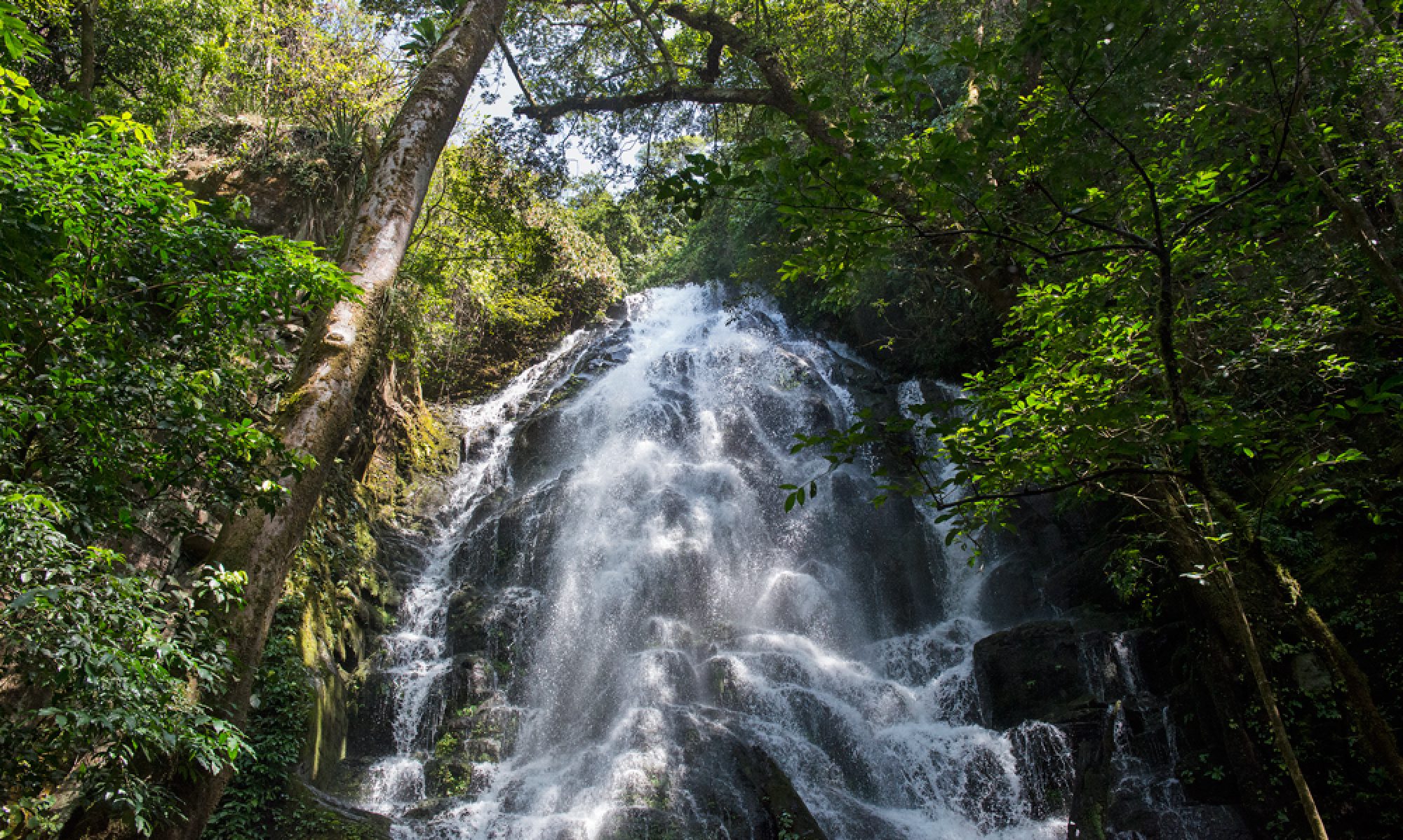Editor’s Note: Arribadas are the mass nesting of olive ridley sea turtles on a few beaches in the Western Hemisphere. The turtles come to shore once a month by the thousands and each lay up to 100 eggs. Muddy Boots News’ Jalyn Henderson explains the process of the arribadas at Ostional Beach in Guanacaste, Costa Rica, in English and Spanish.
By Jalyn Henderson
OSTIONAL, Costa Rica — In the 1970s, scientists declared arribadas as a regular occurrence in Ostional. Fifteen years later, the Ostional Integral Development Association, known locally as ADIO, was founded to help preserve turtle eggs, but also to benefit residents of the community.
Every arribada, ADIO and community member volunteers go to the beach to harvest up to 1 percent of the eggs laid. ADIO said this is the only conservation project in the world that uses egg harvesting as a form of wildlife conservation, a practice supported by scientific studies.
“We always want to conserve the eggs,” ADIO co-founder Tomás Chavarría said. “This practice goes hand in hand with nature to arrive a sustainable solution.”
For many Ostional residents, the practice is more than just a source of food and a boost for the local economy. There’s also a strong cultural connection to the turtles and their eggs.
“To live together with the turtle, it shows the value of nature,” said Yenifer Ruíz Coba, leader of ADIO’s beach guides and an Ostional resident. “We value that we can live with them and from nature. We’re living from what we’re taking but giving something back.”
Ticos have a variety of stories about the importance of the turtle’s egg. Chavarría described how a woman sick with dengue fever ate a turtle egg and regained her health. Some Ticos also believe the eggs have high levels of nutrients and use the eggs as a replacement for chicken eggs.
“We’ve lived it,” Chavarría said. “It’s been one of the values for our community and those who live here.”
Despite the abundant support from many Ticos for Ostional egg harvesting, some conservationists and activists oppose the practice.
Yeimy Cedeño Solís, regional coordinator for the Costa Rican Ministry of Environment and Energy, known as MINAE, said critics feel this way because the project isn’t represented properly to the public. Several falsified pictures and assumptions about arribadas at Ostional have appeared nationally and internationally that create negative perceptions of the project, Cedeño said.
No matter the external opinions, local conservationists see the value in harvesting the eggs and plan to continue this process for years to come.

Interesting story, Jalyn… you are teaching me now!!!